
Characteristics of Sand Fleas
These tiny insects, native for tropicalparts of the West Indies, South and Central America, have beentroublesome for many. Namely, these tiny parasites, whose bodiesrarely cross over more than one millimeter, are quite capable ofdelivering astonishingly unpleasant bites. Even though they mainlyconsume rotten plants and similar food, whenever there are peoplearound beaches, lakes, seas and similar water environments where theylive in, they are likely to attack and try to suck their blood. Theirsize is their ally since they can hardly be noticed. Furthermore,they are capable of both jumping and swimming, making one's chancesof getting in contact with sand fleas greater.
The Notorious Trait of Sand Fleas
Many who have experienced the sensationof being bitten by a sand flea, remember it quite involuntarily.These fleas may attack in more ways than one. Namely, they mightinflict a bite in order to suck one's blood. In such occasions, theyinsert their saliva into one's blood in order to make it easier to bedrained. This saliva triggers most of the uncomfortable symptomsrelated to sand fleas. However, this is not the worst thing that canhappen. Rather, the worst case scenario involves a female sand fleadigging into one's skin and staying there for several weeks in orderto lay eggs. This gives birth to numerous symptoms related to theseparasites, felt and experienced by their host, the unfortunate humanor warmblooded animal.
Symptoms of Sand Flea Exposure
While the first case mentioned aboveinvolves a sand flea sucking one's blood and leaving, causingirritation, pain and itching around the spot, the latter exposure,involving a sand flea inhabiting skin, is far more serious.Namely, after the parasite has established itself inside of thehost's skin, it will eventually lay eggs. After this procedure,serious symptoms are shown. They involve, redness and different kindsof eczema, along with irritation and pain. Specifically, a black spotwill show up in the very center of the bite wound. This very spotwill be the head of the flea itself, along with some of its legs andbreathing organs. Once the eggs have been developed, they areexpelled through the hole into the outer world. Bear in mind thatunder suitable conditions, even 100 eggs may be successfully hatched.
Due to this insect's inability to jumphigh enough to reach different parts of one's body, they are mostprone to biting and inhabiting one's legs. Therefore, in any cases ofirritation, pain and discomfort, accompanied with redness and minorswelling, along with the black spot in the middle, one is to reactand seek medical attention. Any prolonging may lead to numerousinfections, some more severe than others. The doctor may administerdifferent medications or even perform an operation in order toextract the parasite from the body.


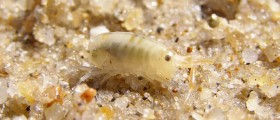

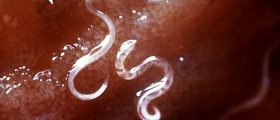

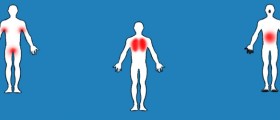
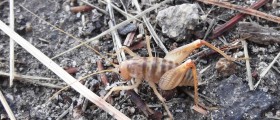

_f_280x120.jpg)

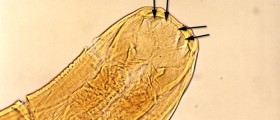
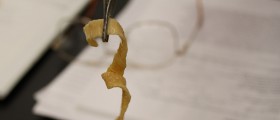

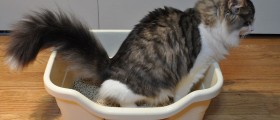
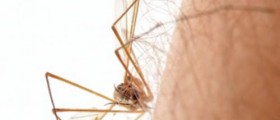
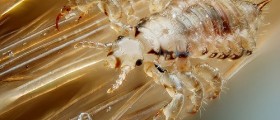
Your thoughts on this
Loading...